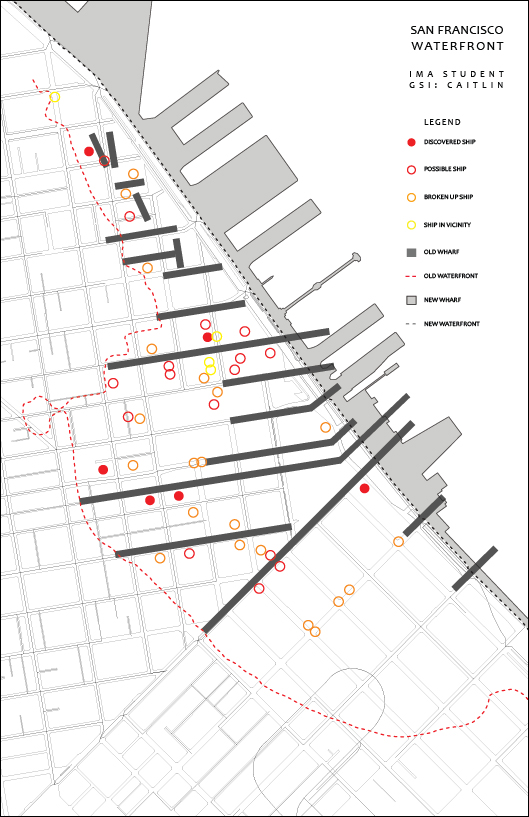|
Creating a Site Diagram Using Historical Maps |
|
|---|---|
| Screenshot |

|
| This exercise practices diagramming and mapping at the urban scale. Information is abstracted from existing historical maps and is layered on top of a base drawing in order to reveal new information about the site and surrounding context. | |
| Assessment objectives |
|
| Exercise Type | Problem Set |
| Evaluation Criteria |
|
| Uses Tool(s) | Tool:Rhino v4.x , Tool:Illustrator CS5 |
| Uses Workflow(s) | Workflow:428374 |
Submission
The final map should be printed on an 11" x 17" sheet of paper (portrait) and submitted to the bins in the 6th + 7th floor elevator lobbies by 5:00 pm today (Friday, October 19).
Resources
This exercise uses this Rhino file as the base drawing. It also uses this Google Earth image and this historical map of buried ships.